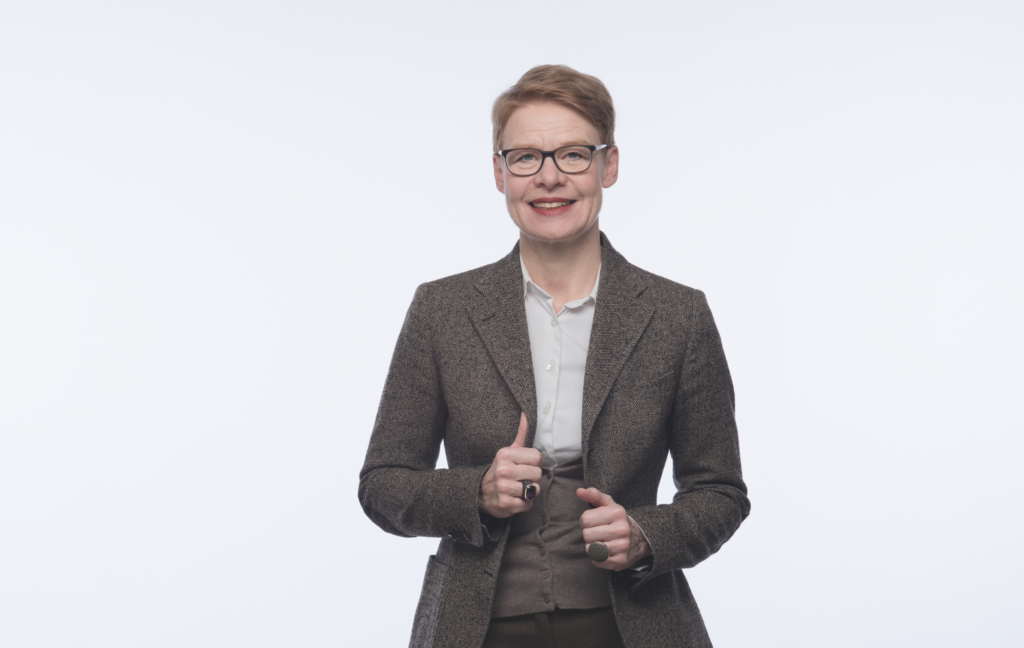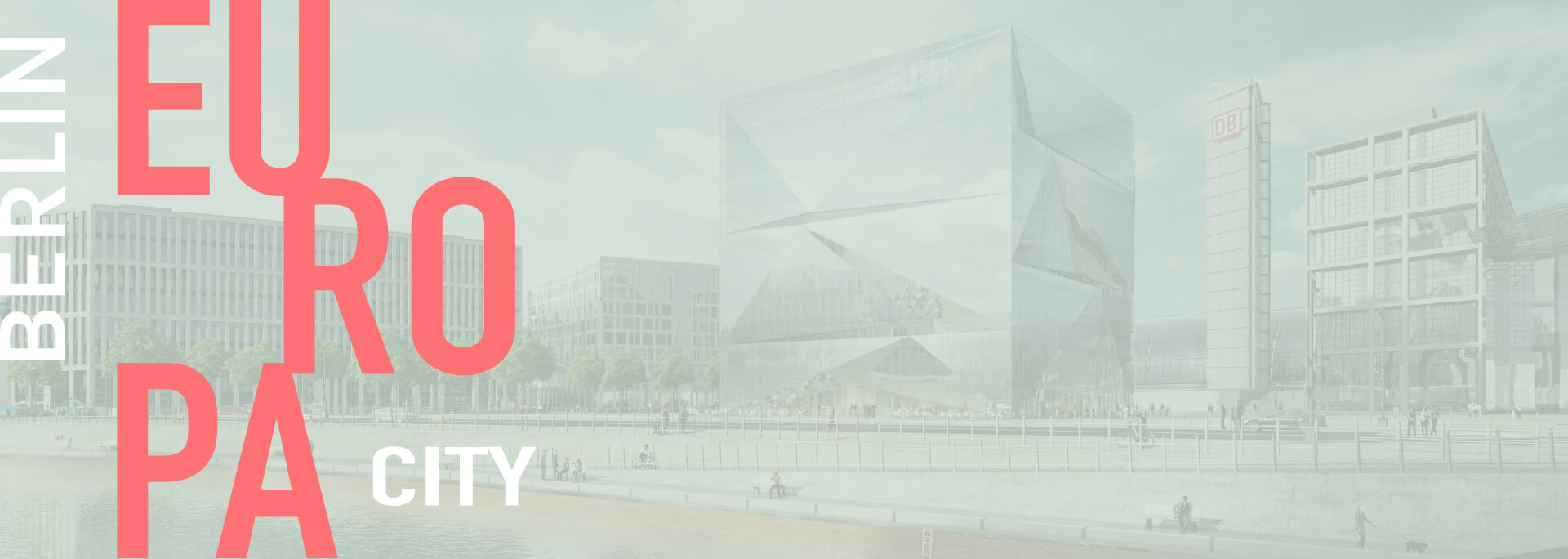Interview with Regula Lüscher – Urbanity and Identity
The architect and urban planner, originally from Switzerland, Regula Lüscher, has been Berlin state secretary and senate building director since 2007. She took office when the first plans for the Europacity were taking shape. The development of this quarter is one of the most important and currently the largest planning assignment even for the state of Berlin.

Ms Lüscher, have you already got a kind of vision now just how the future Europacity will look?
Yes, it’s true. We have already spent years in the planning and management of public projects, that is with the Heidestrasse, the Stadtplatz and the Uferpromenade. Then of course, there is our involvement in the master plan, the development plans and the competition proceedings. I think we were able to contribute a lot here in order to create a quartier that will be urbane and lively in the best sense of those words.
Can you give some examples?
Take the master plan for example: Here we deliberately avoided a uniform design of the entire quarter. Each of the six quartier sectors should have its own identity. And individual buildings also lend a particular accent. This can be seen already in the sector adjacent to the central station, characterised by towers on the place most conspicuous as urban development. The Tour Total was the first component that prescribed a high quality level, also the 50Hertz building, which I especially like, creates a strong effect.
The preparation of the master plan for the Europacity is considered novel and exemplary. Why?
On the one hand there was a very open and productive dialogue between the developers, the district administration and the State of Berlin during all phases of the planning process. On the other, the master plan by the ASTOC firm, which had won the planning competition, was intentionally conceived so that it would not be a rigid set of rules. There were clear framework conditions: For example it was fixed that the Heidestrasse was to be planned as a boulevard that went through the middle of the area. It was also important to have high, generous ground floor areas so that a wide variety of uses would be possible here. The master plan also had a degree of flexibility that allowed the plan to be adjusted anew in parts. After all we are involved here with a long-term development process.
Where were adjustments made here?
That effected the residential portion for example. In the early phase of planning, the scope of today’s housing shortage could not be anticipated. We then made corrections and tried to implement as many apartments as possible—also with rent and tenant regulation, above all on the west side of the area.
With the Baukollegium (construction council), in which experts deliberate about projects with special urban development significance, we had a design advisory committee that accompanied processes of this type.
How was the Baukollegium specifically involved?
In several cases, developers and architects have presented their projects there. The Baukollegium then recommended revisions in design or even with regard to use and urban development. In this way we always exercised quality control for all projects: in most cases this was done using the competition as instrument, in other cases it was through participation of the Baukollegium.
What still has to be done – aside from implementation of the development plans?
I would very much like to install an area management and also approach the owners. The ground floor zones in this area are very important. I always say that they need curatorial care. One has to think about it: what kind of business is desired in what place? How can users respect each other’s needs? How can a certain level be maintained? Such questions are decisive in the Heidestrasse for example that is supposed to acquire a boulevard character that also attracts the public, although it is a main traffic artery.
Another important point is the future-oriented mobility with bicycles, electrical vehicles and car sharing stations. There has to be room for that and it has to be installed in such a way that it does not restrict public space.
One question that certainly interests the future tenant: How will the Europacity be connected to its surroundings? How has one prepared for this?
Here there are a series of measures including a well-conceived network of green and paths. There is the central city square with the bicycle and pedestrian bridges and there is a route to the west connecting it to the Post Stadium in Moabit. The pedestrian and cycling connection to the government quarter has already been there along the Spandau Shipping Canal. The integration of the Quartiers is also important: The new school we have planned, to be attended by the children in the Europacity and adjacent quarters, is somewhat beyond the area in the Boyenstrasse to the east. The route across the Kanalufer is a short and very attractive way. The pupils from the Europacity are thus automatically integrated in the established neighbourhood from which the other children also come.
